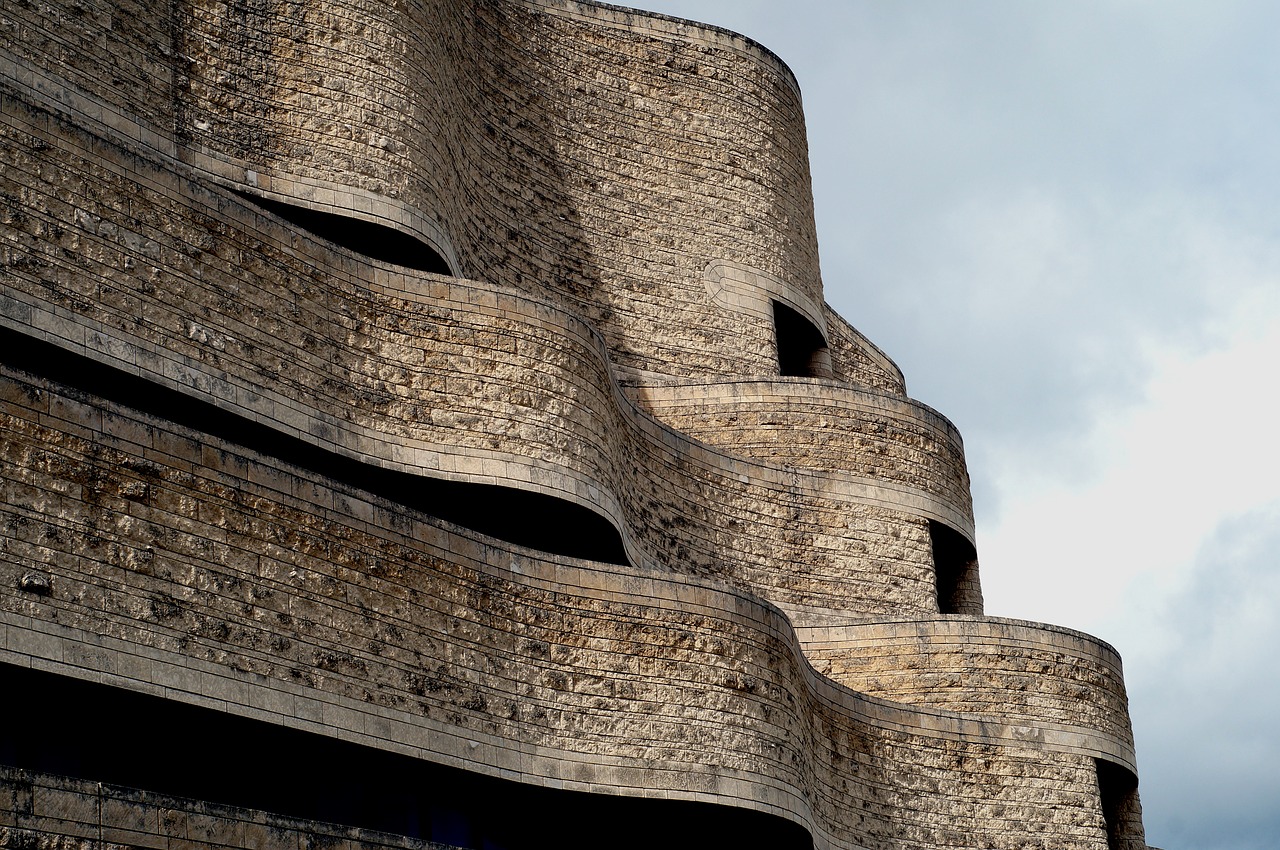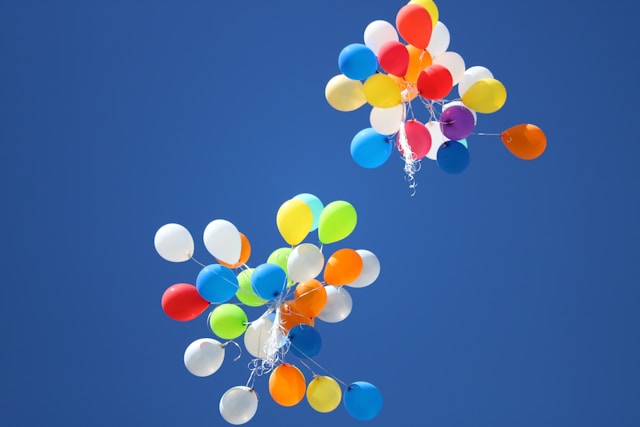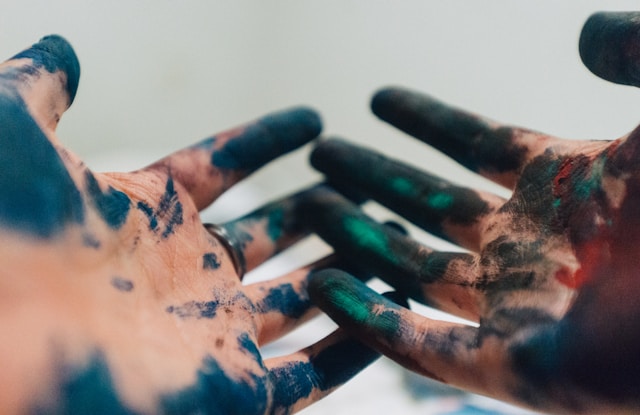Indigenous Art
2021-02-17 | Art | No Comments

Indigenous peoples produced art in what is now Canada, thousands of years before the arrival of European settler colonists and the eventual establishment of Canada as a nation-state. Like the peoples who produced them, Indigenous art traditions covered territories extending beyond the current national borders between Canada and the United States. Traditional Native art traditions are often categorized by art historians according to cultural, linguistic, or regional groups, the most common regional distinctions being: Northwest Coast, Northwest Plateau, Plains, Eastern Woodlands, Subarctic, and Arctic. As might be expected, artistic traditions vary greatly among and within these diverse groups. One thing that distinguishes indigenous art from European traditions is an orientation toward art that tends to be portable and designed for the body rather than for architecture, although even this is only a general tendency and not an absolute rule. Indigenous fine art is also often used in conjunction with other art forms, for example, masks and rattlesnakes play an important role in ceremonialism, which also includes dance, storytelling, and music.
Many of the works of art in museum collections date from the period following contact with Europeans and attest to the creative borrowing and adaptation of European trade goods, such as metal and glass beads. Distinct mestizo cultures that arose as a result of intercultural relations with Europeans also contributed to new culturally hybrid art forms. During the 19th and the first half of the 20th century, the Canadian government pursued a vigorous policy of assimilation toward indigenous peoples. One instrument of this policy was the Indian Act, which banned manifestations of traditional religion and governance, such as the Sun Dance and Potlatch, including related works of art. It was not until the 1950s and ’60s that Indigenous artists such as Mungo Martin, Bill Reed and Norval Morrisseau began to publicly renew, and in some cases reinvent, local artistic traditions. Canada now has many Indigenous artists practicing in all media, and two Indigenous artists, such as Edward Poitras and Rebecca Belmore, who represented Canada at the prestigious Venice Biennale in 1995 and 2005, respectively.


